Medication Safety Check
Check Your Medication Safety
Before taking any medication, verify these important safety considerations. This tool helps you identify potential risks based on common drug information.
When you pick up a new prescription, or reach for an over-the-counter pill for a headache or allergy, do you know exactly what you’re taking - and what could go wrong? Most people don’t read the tiny print inside the bottle. But that’s where the real risks hide: side effects you didn’t expect, interactions with other meds you’re taking, or storage rules that keep the drug safe and effective. That’s where MedlinePlus Drug Information comes in - a free, no-advertising, government-backed resource that turns confusing medical jargon into plain English you can actually use.
What Is MedlinePlus Drug Information?
MedlinePlus Drug Information is run by the National Library of Medicine, part of the U.S. National Institutes of Health. It’s not a website selling supplements or pushing ads. It doesn’t try to be a clinical database for doctors. Instead, it’s built for people like you - someone who just wants to know if that new painkiller is safe with their blood pressure medicine, or what to do if they miss a dose. Every drug summary on MedlinePlus is written in clear language, reviewed by pharmacists, and updated regularly. You’ll find info on more than 1,500 prescription drugs, over-the-counter medicines, vaccines, and even herbal supplements. Each page has the exact date it was last revised - so you know you’re getting current info, not something from 2015.How to Find What You Need
You don’t need to be tech-savvy to use it. Go to MedlinePlus.gov and click on the big green pill icon on the homepage. Or just scroll down and find the "Drugs and Supplements" tab. From there, you can either:- Search by the generic name - like "ibuprofen" or "metformin"
- Search by brand name - like "Advil" or "Glucophage"
- Browse alphabetically from A to Z
What’s Actually on Each Drug Page?
Every drug summary follows the same simple structure so you know where to look. Here’s what you’ll find:- Uses - What the drug is for, like treating high blood pressure or reducing fever
- How to take it - Dosage, timing, whether to take it with food
- Precautions - Who shouldn’t take it, like pregnant women or people with kidney disease
- Dietary restrictions - Should you avoid grapefruit? Alcohol? Certain foods?
- Side effects - Common ones (like dizziness or nausea) and serious ones (like chest pain or swelling)
- Overdose - What to do if you take too much
- Storage - Keep it in the fridge? Out of reach of kids? Away from sunlight?
Why It’s Better Than WebMD or Drugs.com
You’ve probably seen WebMD or Drugs.com. They look slick. They have pill identifiers and interaction checkers. But here’s the catch: they run ads. They promote products. They sometimes link to sites that sell supplements or charge for premium info. MedlinePlus doesn’t. Ever. It’s funded by U.S. taxpayers. It doesn’t sell anything. It doesn’t partner with drug companies. That means the info is clean, unbiased, and focused only on safety - not sales. A 2023 review from Shepherd University’s nursing program called MedlinePlus "credible, reliable, and authoritative" - and noted it lacks the flashy tools but makes up for it with trustworthiness. If you’re trying to understand your meds without being sold something, this is the place.What It Doesn’t Do (And Why That’s Okay)
It won’t tell you the exact chemical structure of a drug. It won’t show you pharmacokinetic graphs or half-life calculations. It won’t let you compare five different blood thinners side-by-side with lab data. That’s intentional. MedlinePlus isn’t for doctors writing prescriptions. It’s for patients asking: "Is this safe for me?" If you need deeper clinical details, there’s the NLM’s Drug Information Portal - but it’s written for professionals. MedlinePlus is for the rest of us.It Works on Phones and in Spanish
You don’t need to be at a computer. The site works perfectly on your phone. The layout adjusts, buttons are big enough to tap, and pages load fast - even on slow connections. And if you speak Spanish, you’re covered. Almost all drug summaries are available in Spanish too. More than 13,000 Spanish-language health links are included, making this one of the most accessible health resources for Spanish-speaking families in the U.S.Get Updates Automatically
Did you know you can get email alerts for specific drugs? If you’re on a long-term medication - say, thyroid pills or diabetes meds - you can sign up to be notified whenever the safety info changes. That means if a new warning comes out about your drug, you’ll know before your next refill. It’s a quiet feature, but it’s powerful. You don’t have to remember to check the site every month. It comes to you.Used by Hospitals and Doctors Too
You might think this is just for patients. But hospitals, clinics, and even electronic health record systems use MedlinePlus too. Through a tool called MedlinePlus Connect, when your doctor gives you a prescription, your patient portal might automatically link to the MedlinePlus page for that drug. That means when you log in to your doctor’s website later, you might see a link that says: "Learn more about your new medication." Click it - and you’re taken straight to the official, plain-language summary. It’s not just a consumer tool. It’s part of how the U.S. healthcare system tries to keep people safe.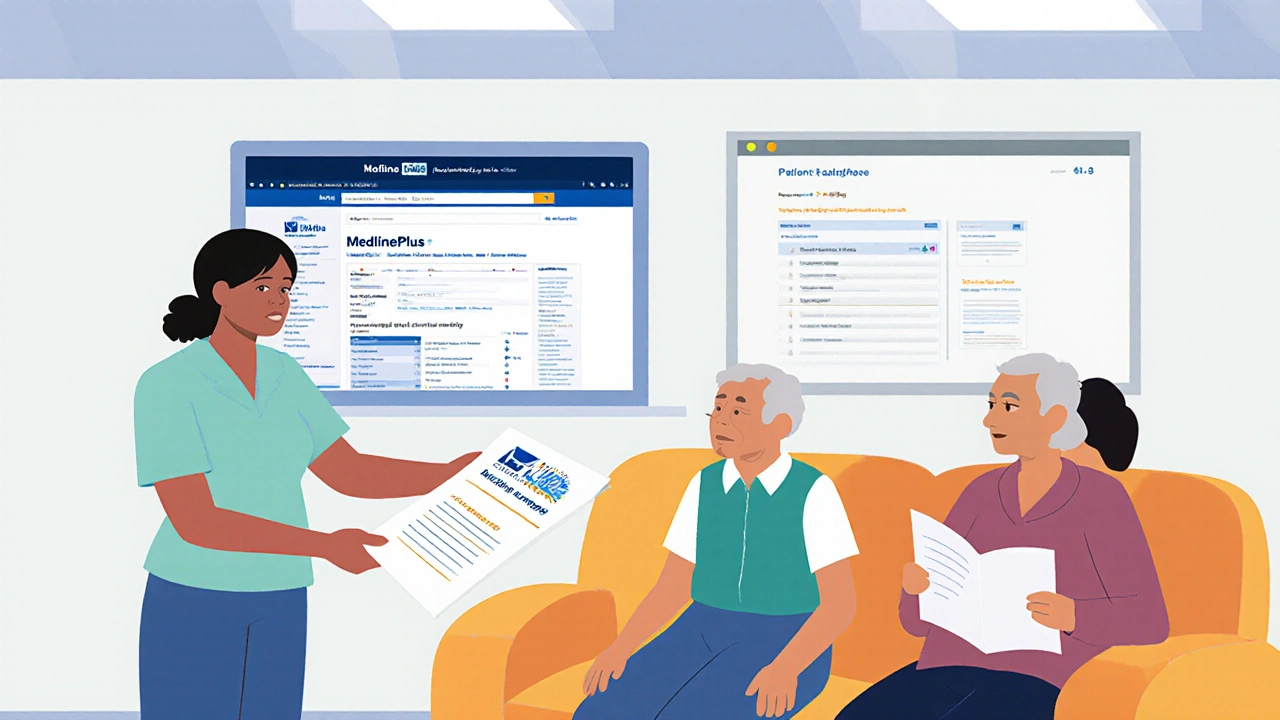
Real Limitations - And How to Work Around Them
No resource is perfect. MedlinePlus doesn’t have a drug interaction checker. You can’t plug in five meds and see what clashes. You also won’t find every obscure supplement or brand-name drug - especially newer ones. If you’re on multiple medications and worried about interactions, write them all down. Then check each one individually on MedlinePlus. Look at the "Precautions" and "Interactions" sections for each. Then talk to your pharmacist. They can cross-check what you’ve found. And if you’re looking for info on a very new drug - say, one approved in the last 6 months - the MedlinePlus page might not be updated yet. In that case, check the FDA’s website for the official drug label. But for everything else, MedlinePlus is your best starting point.Why This Matters Now More Than Ever
More than 80 million U.S. adults have trouble understanding basic health information. That’s not because they’re not smart - it’s because medical language is confusing, and most drug labels are written for lawyers, not people. MedlinePlus fixes that. It’s one of the few places where you can get trustworthy, easy-to-read info without being sold something or confused by jargon. In a world full of misinformation, fake cures, and clickbait health blogs, this is a rare island of truth. And it’s free. No sign-up. No login. No credit card. No ads.How to Use It Today
Here’s your simple action plan:- Go to medlineplus.gov
- Click "Drugs and Supplements"
- Search for your medication by name
- Read the "Side Effects" and "Precautions" sections first
- Check the "Storage" section - many people keep pills in the bathroom, which ruins them
- Sign up for email alerts if you take it long-term
- Print or email the page to share with a family member
Is MedlinePlus Drug Information free to use?
Yes, completely free. There are no subscriptions, no ads, and no hidden fees. It’s funded by the U.S. government through the National Institutes of Health, so anyone can use it without paying anything.
Can I trust the information on MedlinePlus?
Yes. Every drug summary is reviewed by pharmacists and based on official sources like the FDA and the American Society of Health-System Pharmacists. The site only links to other trusted organizations - no blogs, no commercial sites, no unverified sources. It’s one of the most reliable consumer health resources in the U.S.
Does MedlinePlus cover over-the-counter drugs and supplements?
Yes. It includes information on common OTC medicines like ibuprofen, acetaminophen, and antihistamines, as well as popular herbal supplements like echinacea, garlic, and St. John’s wort. Each entry includes safety info, possible side effects, and interactions with prescription drugs.
Is MedlinePlus available in Spanish?
Yes. Nearly all drug summaries are available in Spanish, and the site has more than 13,000 Spanish-language health links. The interface supports both languages, and you can switch between them easily.
Can I use MedlinePlus on my phone?
Absolutely. The website is fully mobile-friendly. Pages load quickly, text is readable without zooming, and buttons are large enough to tap. You can search, read, print, or email drug info right from your phone - even without Wi-Fi, since the site doesn’t rely on heavy graphics or videos.
Why doesn’t MedlinePlus have a drug interaction checker?
Because it’s designed for clarity, not complexity. A tool that flags interactions requires technical data and constant updates - and could overwhelm regular users. Instead, each drug page lists known interactions in plain language. For detailed interaction checks, talk to your pharmacist or use a professional tool. MedlinePlus gives you the foundation to ask better questions.
How often is MedlinePlus updated?
Each drug page shows the exact date it was last revised - usually every few months or when new safety alerts come out from the FDA. The site doesn’t wait for annual reviews. If a drug gets a new black box warning, the page is updated within days.
Can I print or email the drug info from MedlinePlus?
Yes. At the top of every drug page, there are buttons to print, email, or share via social media. This makes it easy to bring the info to your doctor, pharmacist, or a family member who helps manage your meds.
Does MedlinePlus cover vaccines?
Yes. It includes safety summaries for all major vaccines - flu, COVID-19, shingles, HPV, tetanus, and more. Each page explains who should get it, common side effects, and what to do if you have a reaction.
Is MedlinePlus only for people in the U.S.?
No. While it’s funded by the U.S. government, anyone around the world can access it. It’s used by patients, caregivers, students, and health workers in Canada, the UK, Australia, and beyond. The language is clear, the info is science-based, and there are no location-based restrictions.


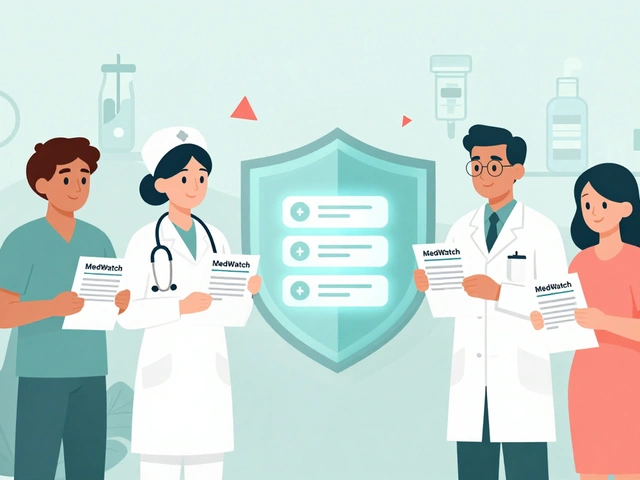

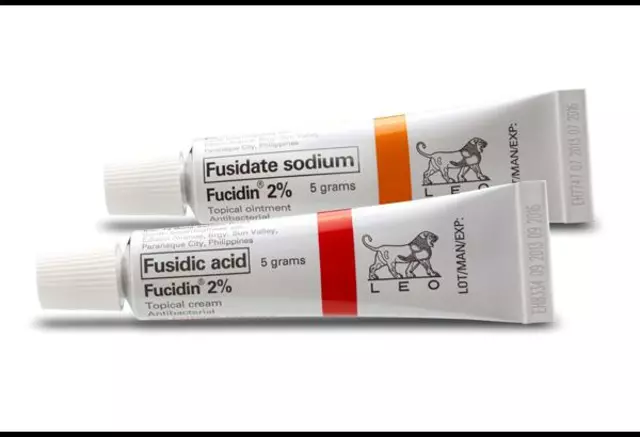
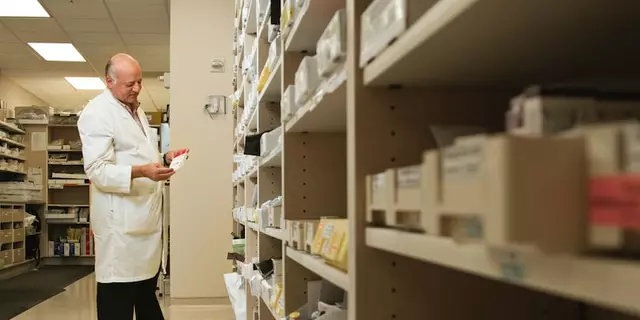
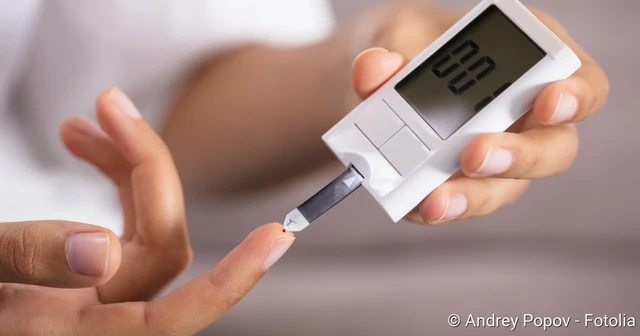


vikas kumar November 26, 2025
Found this site last year when my grandma started on three new pills. I printed the pages and laminated them. Now she keeps them by her coffee mug. No more guessing what the doctor said. Simple, no ads, just facts. Wish more countries had this.
Vanessa Carpenter November 28, 2025
I used to just Google everything. Then I got scared of every side effect. MedlinePlus didn’t scare me. It just told me what mattered. Still check WebMD sometimes… but only after I’ve read this first.
Bea Rose November 29, 2025
It’s not perfect. No interaction checker. No new drugs fast enough. But it’s the least biased thing out there. That’s not praise, it’s a baseline.
Michael Collier November 30, 2025
This resource exemplifies the highest standard of public health communication. Its adherence to evidence-based content, absence of commercial influence, and commitment to linguistic accessibility represent a model worthy of international emulation. I have directed all of my patients to this portal with full confidence.
Shannon Amos December 2, 2025
So you’re telling me the government actually made something useful… and didn’t ruin it with pop-ups? Wild.
Jaspreet Kaur December 3, 2025
People forget medicine isn’t magic it’s chemistry and biology and fear and hope all mixed up. MedlinePlus doesn’t sell you hope it just shows you the ingredients. That’s enough. That’s more than enough.
Gina Banh December 4, 2025
Stop using WebMD. Seriously. You’re not a doctor. You’re not even a nurse. You’re a person with a headache and a Google search. MedlinePlus is the only site that won’t turn your anxiety into a sales funnel. I’ve seen too many people panic over a 0.2% side effect because some blog made it sound like a death sentence. This site doesn’t do that.
Deirdre Wilson December 6, 2025
I used to think drug info was like a secret club only doctors got into. Then I found MedlinePlus and it felt like someone handed me the key and said ‘here, you’re not dumb for not knowing this.’ The way they explain grapefruit and blood pressure meds? Like it’s a story. I actually remember it now. Who knew learning could feel like a hug?
Damon Stangherlin December 6, 2025
just found this site and wow i’ve been using drugs.com for years and never realized how much noise was in there. this is like clean water after drinking soda. thank you whoever made this. i’m sharing it with my mom right now
Ryan C December 7, 2025
Fun fact: MedlinePlus is built on the same infrastructure as PubMed. That’s why it’s so reliable. WebMD? Built by a for-profit ad-tech company that bought a medical content farm in 2012. Also, the site uses semantic HTML5, not just div soup, which is why it loads fast on mobile. And yes, the Spanish translation is done by certified medical translators, not machine learning. You’re welcome.
Douglas Fisher December 8, 2025
I’m so glad this exists… really… I mean… I’ve had so many friends who’ve had bad reactions because they didn’t know… and I just… I wish more people knew about this… it’s not flashy… but it’s safe… and that’s everything…
Cynthia Boen December 8, 2025
Wow. A government site that doesn’t suck? Next you’ll tell me the post office delivers on time.